As double materiality assessments continue to gain relevance in corporate sustainability matters, stakeholder engagement has become an increasingly relevant element for the success of DMAs.
Table of Contents
Sustainability regulations and standards across the globe have recognized and put double materiality in the forefront of their disclosure guidelines.
The most recent European regulatory endeavors have proven ambitious precisely because of the compulsory nature of double materiality assessments in these legal texts, that being the CSRD or the CSDDD, to name a few.
The bottomline is companies will sooner or later need to deal with and even embrace double materiality assessments, and consequently, begin to work hard on their stakeholder engagement initiatives and practices. Here is why.

The rise of double materiality assessments
Double materiality is a concept we will most likely continue to hear about in the long run, as it becomes increasingly clear how relevant this kind of corporate assessments are to truly understand a company’s ESG impact.
Regulators have, in fact, transformed this important nuanced nature of double materiality assessments into law. The reason for this is simple, as the idea behind double materiality acknowledges there are risks and opportunities coming from both a financial as well as a non financial perspective.
This is, double materiality requires companies to undergo a bidirectional analysis in an effort to understand (as well as disclose) how sustainability matters affect the company itself, and, on the other hand, how their own operations and activities affect or impact the environment and society.
Engage employees in the sustainability strategy
When we talk about the rise of double materiality assessments or DMAs, we are referring to the fact that it is increasingly present and relevant in official corporate sustainability matters.
Reporting standards such as GRI, ISSB or SASB are examples of how present double materiality is in the sustainability sphere today; similarly, the growing regulatory framework of the EU in these matters has also taken the latter as a primary element of its reporting, including CSRD, SFDR or the latest CSDDD.
The need for stakeholder engagement in double materiality assessments
Another important cornerstone of corporate sustainability reporting is that of stakeholder engagement. In fact, long before the arrival of the CSRD, the materiality process already required companies to engage relevant or affected stakeholders.
The rise of double materiality assessments and sustainability regulations have only put even more emphasis in the importance of nurturing relations with a wide variety of stakeholders, internally as well as externally.
Engaging stakeholders is, in fact, a crucial aspect of double materiality assessments, as it is the only way to provide comprehensive and insightful data regarding a company’s impact, risks and opportunities. Furthermore, engaging stakeholders in the sustainability process is a great opportunity to build trust and enhance a positive reputation.

The challenges for engaging stakeholders
As much as it is crucial to engage stakeholders in order to carry out a quality DMA, this is not to say building such involvement is an easy or simple task; quite the opposite, stakeholder engagement is a complex endeavor.
This idea is most clearly understood through a recent research carried out by Finch & Beak with their report on the State of ESG 2024, where 36% of respondents reported that improving employee engagement was a main objective of its sustainability program.
However, in this same line, 41% of respondents reported that engaging external stakeholders was one of the main challenges in the process of building or enhancing a strong sustainability brand and reputation.
How to approach Double Materiality Assessments
So what are these crucial challenges that act as an obstacle towards achieving quality double materiality assessments and effective stakeholder participation in the latter?
- The complexity of sustainability topics: One of the biggest obstacles for active participation in sustainability and materiality processes is how complex and dense some of the topics are for most stakeholders, including employees. It is this reality that often impedes meaningful stakeholder engagement without sufficient guidance or training.
- Maintaining engagement overtime: Once companies manage to get stakeholders’ attention and participation, a bigger challenge appears, how to maintain their involvement in the long run? Consistent engagement requires active communication and updates, as well as planning ahead. Last minute or ‘clumsy’ engagement is more likely to generate bias.
- Meticulous documentation of the DMA and engagement process: An added complexity to double materiality assessments and stakeholder engagement is documenting everything thoroughly and transparently, specially for auditing purposes. This is, companies should be able to provide data that showcases the impact of stakeholder engagement in the process of elaborating the DMA.

How to effectively engage stakeholders
From the challenges presented above we can take away three distinct ideas and good practices that can help companies effectively engage employees in DMA and other corporate sustainability endeavors.
On the one hand it is important to first categorize the types of stakeholders in terms of their power, relevance, or urgency, as they do not all hold the same level of importance in the organization.
Once this is done, we can move on to the second good practice, which is to leverage such categorization in order to carry out targeted initiatives to each stakeholder group. This way, companies will find it easier to tailor engagement strategies and foster more meaningful interactions, that being interviews, workshops or panels, for example.
Lastly, it is interesting to consider engagement in all sustainability and general corporate processes, and not just for DMA purposes. This could result in broader participation and ownership among stakeholders, as well as a better monitoring of stakeholders’ expectations and demands.
Building employee engagement for sustainability
Effectively engaging employees in sustainability
In DoGood, we aim to simplify the complex web of sustainability objectives for companies by offering a platform that translates the high-level ESG (Environmental, Social, Governance) objectives into actionable tasks for every single employee.
Then, each employee not only knows how to make an impact but also feels empowered to contribute meaningfully to the greater sustainable strategy.
No more vague directives. No confusion. DoGood automates the process, making it seamless for the workforce to know precisely what steps to take.







